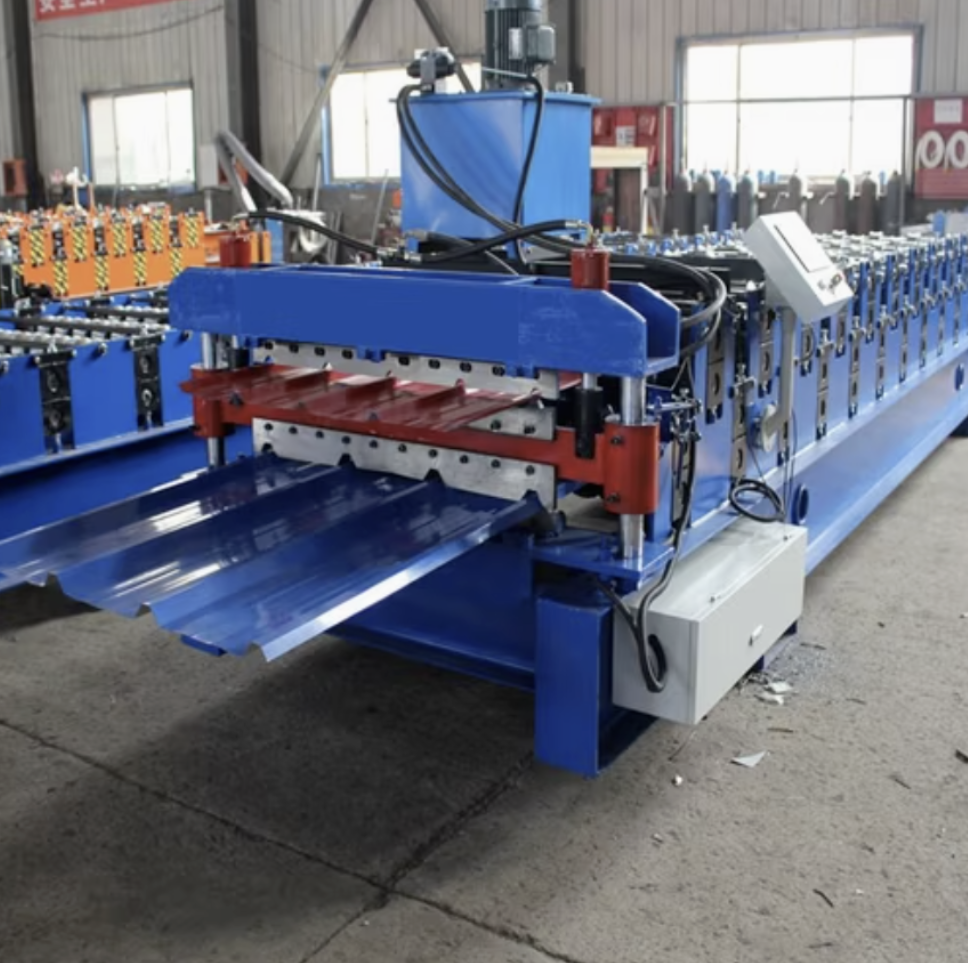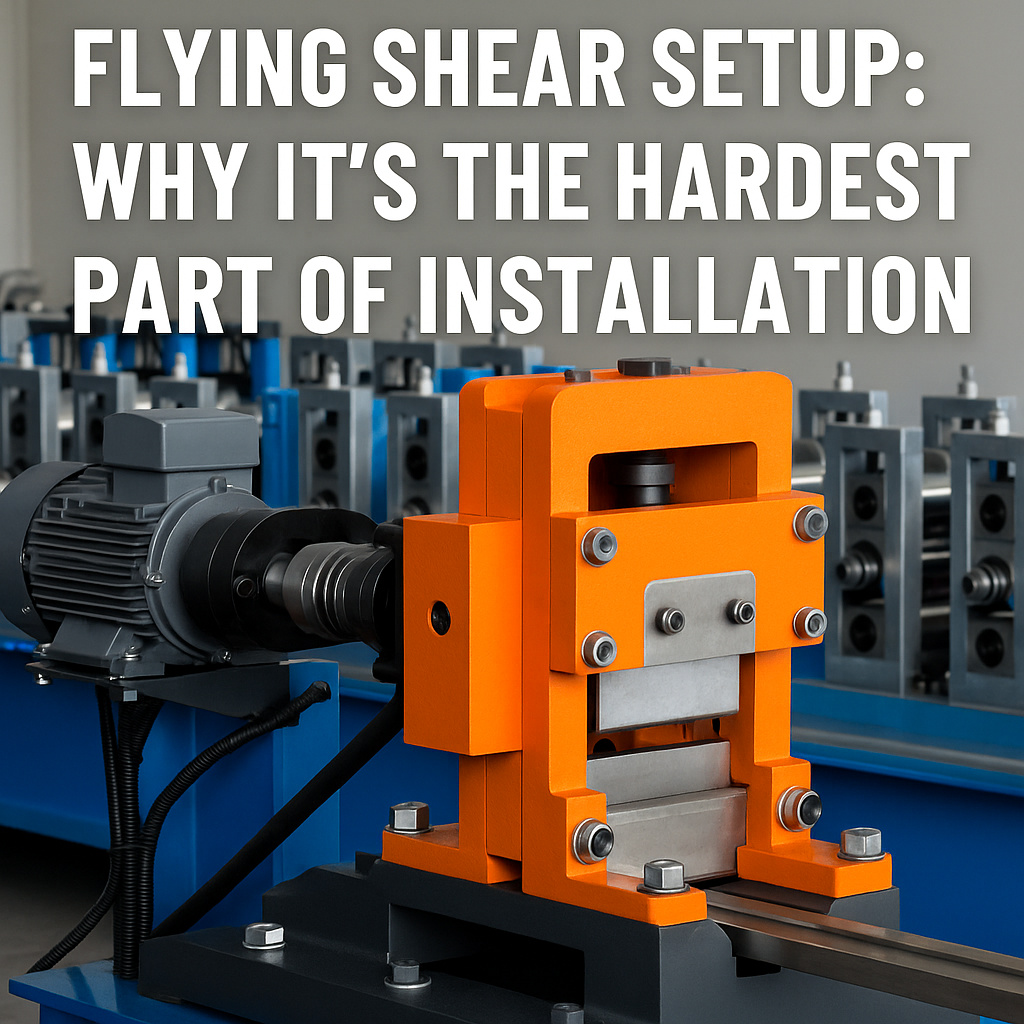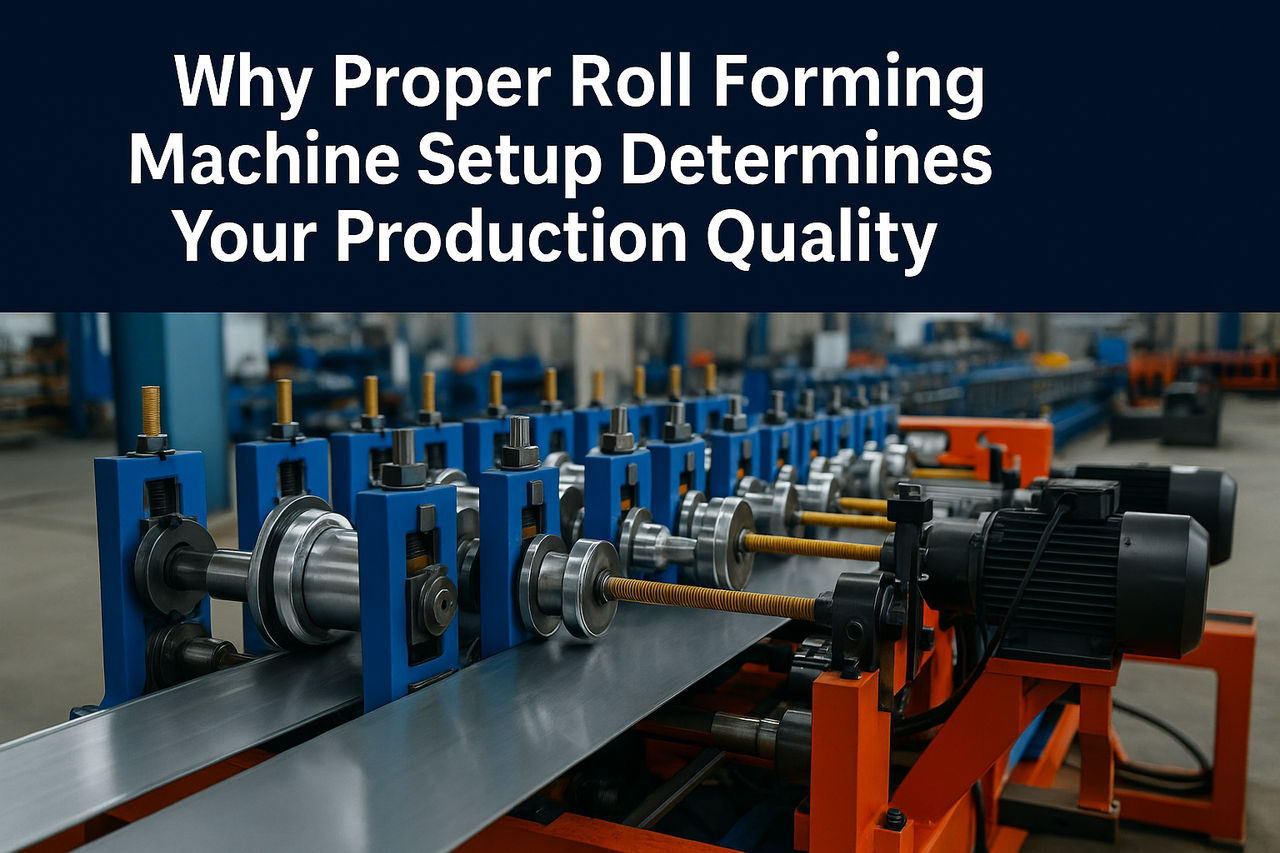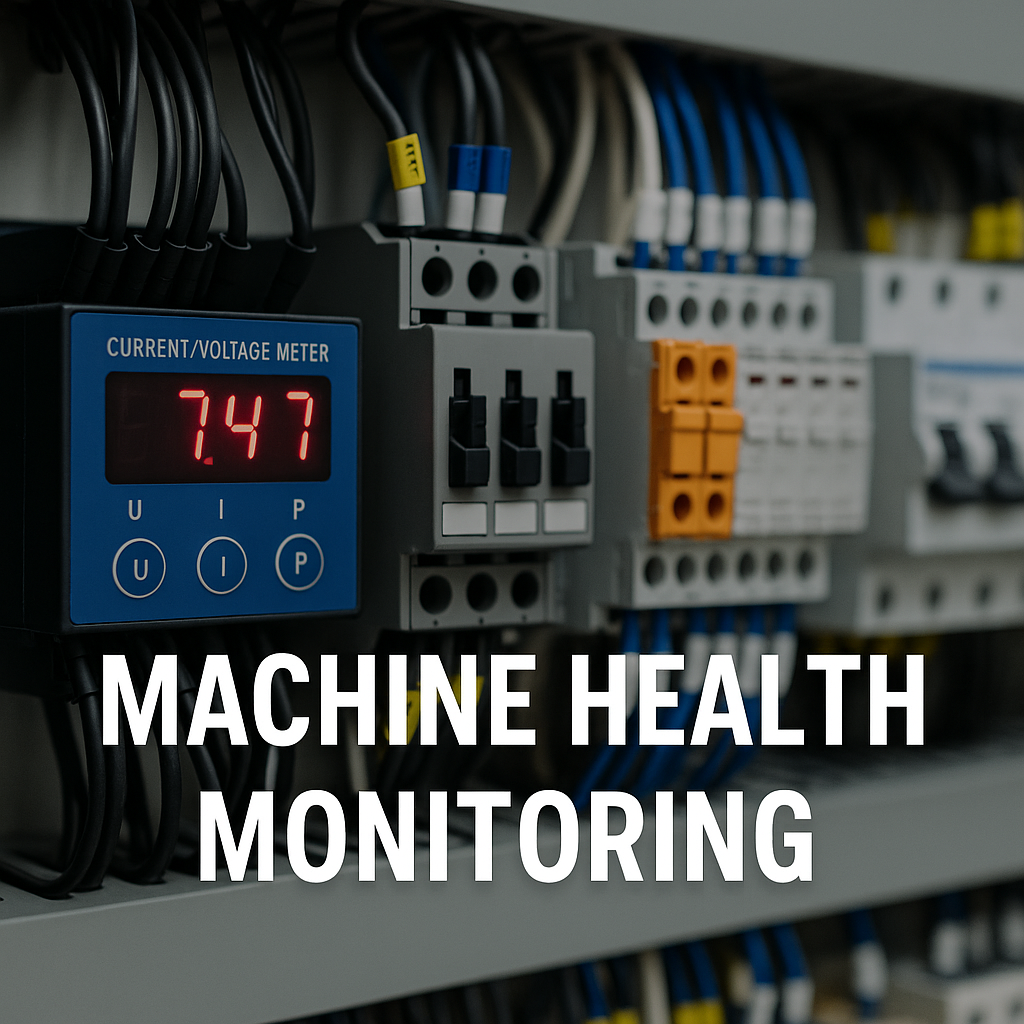
Posted on Thursday, May 2, 2024
Armenia's construction, metalworking, and infrastructure sectors have seen substantial growth in recent years, driving the demand for roll forming machines. Roll forming machines provide a cost-effective and efficient way to produce metal profiles with precise dimensions and high durability. This blog explores the most popular roll forming machines in Armenia, including their types, specifications, profiles used, industries that benefit from them, and key areas where these machines are widely used.
Roofing Sheet Roll Forming Machines
Specifications:
Roller Material: High-grade steel with hard chrome plating
Frame Structure: H-beam welded and stress-relieved
Motor Power: 5.5 kW to 15 kW depending on profile thickness
Cutting System: Hydraulic with automatic length control
PLC System: Mitsubishi/Siemens for automated operations
Profiles Used:
Corrugated sheets
Trapezoidal roofing panels
Standing seam roofing panels
Industries Using These Machines:
Construction
Real estate development
Roofing and cladding services
C-Z Purlin Roll Forming Machines
Specifications:
Roller Material: GCr15 with heat treatment
Punching System: Hydraulic punching with multiple dies
Frame Structure: Heavy-duty steel frame
Motor Power: 7.5 kW to 20 kW
PLC Control System: Delta/Siemens with touch screen operation
Profiles Used:
C and Z profiles
Purlins for steel structures
Industries Using These Machines:
Steel building construction
Warehouses and industrial facilities
Decking Sheet Roll Forming Machines
Specifications:
Roller Material: High-strength steel with heat treatment
Frame Structure: Welded steel with anti-rust coating
Motor Power: 7.5 kW to 22 kW depending on sheet thickness
Cutting System: Hydraulic shearing with PLC control
Profiles Used:
Galvanized steel deck panels
Composite decking sheets
Industries Using These Machines:
High-rise construction
Industrial and commercial buildings
Highway Guardrail Roll Forming Machines
Specifications:
Roller Material: GCr15 alloy steel
Frame Structure: Welded steel frame with heat-treated rollers
Punching and Cutting System: Hydraulic system with PLC
Motor Power: 15 kW to 25 kW depending on profile size
Profiles Used:
W-beam and thrie-beam guardrails
Industries Using These Machines:
Road safety and infrastructure
Highway construction and maintenance
Light Steel Frame Roll Forming Machines
Specifications:
Roller Material: Hardened steel rollers
Frame Structure: Heavy-duty steel frame
Cutting System: Hydraulic cutting with length control
Motor Power: 5.5 kW to 15 kW depending on thickness
Profiles Used:
Lightweight framing structures
Stud and track profiles
Industries Using These Machines:
Prefabricated housing
Commercial and residential construction
Yerevan: Major hub for construction and industrial development
Gyumri: Growing interest in infrastructure projects and steel manufacturing
Vanadzor: Industrial base with applications in metal fabrication
Hrazdan: Focus on steel structures and construction materials
Abovyan: Increasing demand for roofing and cladding materials
Regular Lubrication: Ensure that all moving parts, including rollers, shafts, and gear systems, are lubricated to prevent friction and wear.
Cleaning Rollers: Remove debris and residue from rollers to avoid defects in profile formation.
Inspection of Hydraulic Systems: Check hydraulic oil levels and replace oil periodically to maintain consistent cutting performance.
Tightening Bolts and Connections: Periodic tightening of bolts, nuts, and fasteners ensures stability and reduces machine vibrations.
Electrical System Inspection: Ensure the PLC system and motor connections are in good condition to avoid breakdowns.
Roofing and Cladding: Used extensively in residential, commercial, and industrial buildings.
Steel Structure Fabrication: Production of C and Z purlins, deck panels, and stud profiles for steel structures.
Highway Safety: Manufacturing of guardrails for road safety and maintenance.
Industrial and Commercial Construction: Flooring and decking systems for high-rise buildings.
Inconsistent Profile Dimensions:
Cause: Misaligned rollers or worn-out dies.
Solution: Realign rollers and replace worn parts.
Excessive Noise and Vibrations:
Cause: Loose bolts or damaged bearings.
Solution: Tighten all bolts and inspect bearings for wear.
Hydraulic Cutting Errors:
Cause: Low hydraulic oil levels or contaminated oil.
Solution: Replenish oil and clean the hydraulic system.
Electrical Failures:
Cause: Faulty PLC or motor connections.
Solution: Inspect wiring and replace faulty components.
Initial Investment Costs: High initial purchase price, although long-term efficiency compensates.
Profile Changeover Time: Switching profiles may require time, reducing overall productivity.
Limited Material Thickness: Machines are designed for specific material gauges, making it difficult to switch between different thicknesses.
High Production Efficiency: Continuous forming ensures large-volume production.
Consistent Profile Accuracy: Minimal deviation in profile dimensions.
Cost-Effective Operations: Reduced labor and operational costs.
Flexibility in Profile Design: Customizable profiles to suit different project requirements.
Site Preparation: Ensure a clean, leveled surface with sufficient space for the machine and coil handling systems.
Machine Positioning: Position the machine to align with coil feeding and cutting stations.
Electrical and Hydraulic Setup: Connect motors, hydraulic pumps, and PLC systems.
Test Run and Calibration: Run initial trials to calibrate profile dimensions and system response.
Training Operators: Provide operational and safety training to the workforce.
Daily Inspections: Check lubrication, roller alignment, and profile accuracy.
Weekly Maintenance: Clean rollers, tighten bolts, and monitor hydraulic systems.
Monthly Inspection: Check PLC software updates, recalibrate sensors, and inspect the cutting system.
Annual Servicing: Overhaul machine components and replace worn-out parts.
ISO 9001: Ensures quality management in machine production.
CE Marking: Compliance with European safety standards.
ANSI Standards: Guidelines for machine safety and performance.
Roofing Roll Forming Machines: $25,000 to $60,000
C-Z Purlin Roll Forming Machines: $35,000 to $100,000
Decking Roll Forming Machines: $50,000 to $120,000
Highway Guardrail Roll Forming Machines: $70,000 to $150,000
Light Steel Frame Roll Forming Machines: $30,000 to $70,000
While Armenia imports most of its roll forming machines, the leading manufacturers supplying these machines include:
China: Known for its affordable and durable machines.
Turkey: Provides advanced roll forming systems with European design standards.
India: Offers mid-range roll forming machines with good customization.
Machine Matcher has a vast inventory of roll forming machines to suit different profile needs. Whether you are looking for roofing machines, C-Z purlin machines, or high-speed deck roll forming machines, we can help you choose the best option based on your project requirements.
Comprehensive Inspection Services: We conduct in-depth inspections to ensure machine quality and compliance with international standards.
Tailored Buying Assistance: Our experts guide you through the machine selection process based on your profile and production requirements.
Competitive Pricing: We offer a range of machines from trusted global manufacturers at competitive prices.
After-Sales Support: Our team provides installation, commissioning, and after-sales maintenance services.
UK: +44 20 335 56554
USA: +1 407 559 7948
Europe: +32 460 24 13 95
WhatsApp: +44 20 335 56554
Email: [email protected]

Flying Shear Setup: Why It’s the Hardest Part of Roll Forming Machine Installation
Posted on Monday, November 24, 2025
If you want a header image, meta description, or series continuation, just tell me.

Why Proper Roll Forming Machine Setup Determines Your Production Quality
Posted on Monday, November 24, 2025
The #1 factor that decides accuracy, scrap rate, speed, and consistency.

Compliance & Safety Services for Roll Forming Machines — Full Guide
Posted on Sunday, November 23, 2025
How Machine Matcher keeps your machines safe, legal, and fully compliant with CE, UL, and UKCA standards.

Machine Health Monitoring for Roll Forming Machines — Complete Diagnostic Service Guide
Posted on Sunday, November 23, 2025
Continuous diagnostics that prevent breakdowns, reduce downtime, and extend machine life.
Copyright 2025 © Machine Matcher.